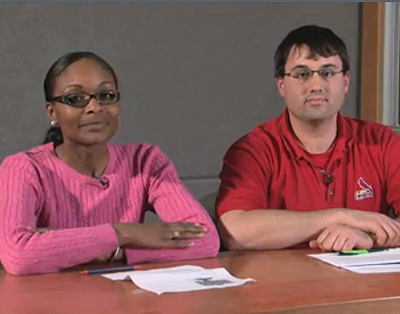Averages: Still Flawed
Averages: Still FlawedEnglish

Topic
MathematicsInstructors
Dan Livengood
Entrepreneur
St. Louis, MO
USA
Rhonda Jordan
World Bank
Washington, D.C.
USA

Dan Livengood
Entrepreneur
St. Louis, MO
USA
Rhonda Jordan
World Bank
Washington, D.C.
USA